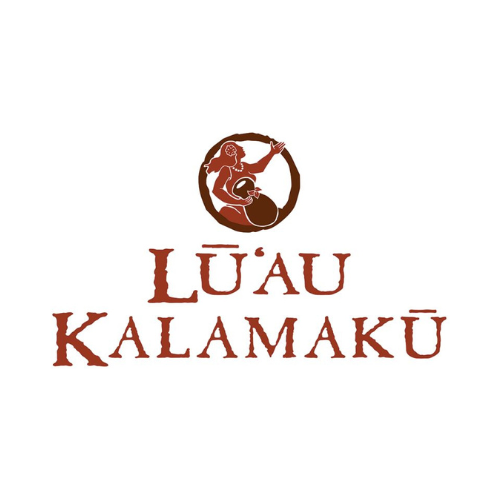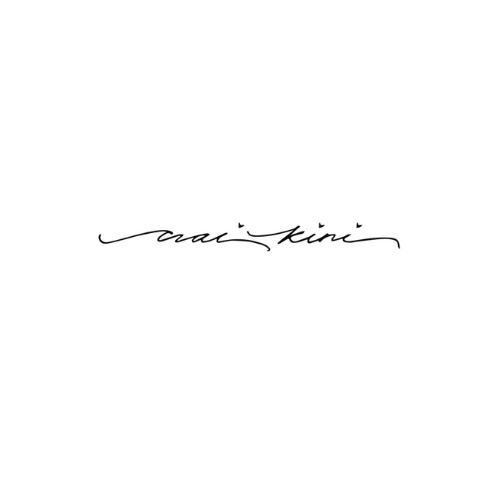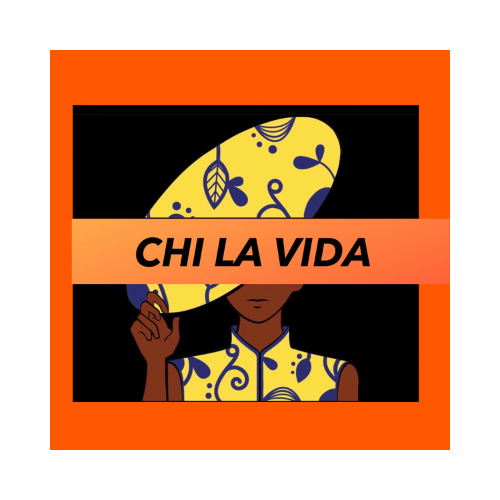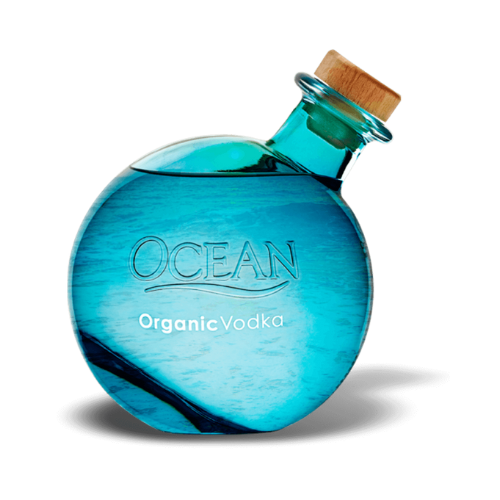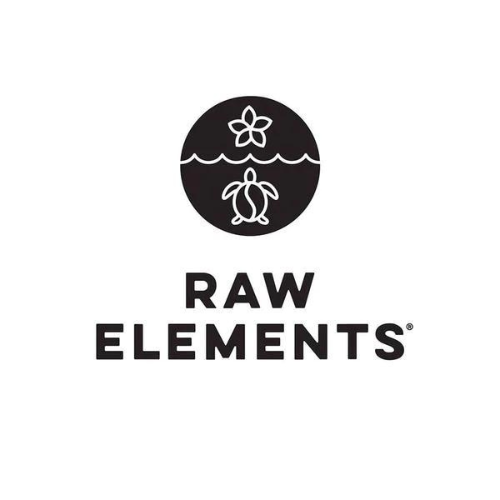Lei Contest
2024 Contest Details
Schedule
Cost to Attend
Limit
We invite you to participate in this year’s lei making contest and showcase your lei making talents. We are excited to see the creative and artistic creations of the entries.
History
The lei is one of the most iconic of Hawai’i’s wearable arts traditions. The custom of adorning someone or one’s self with a lei is grounded in ancient Polynesian custom and also in many Asian countries.
The origins of lei making were brought to Hawai’i by the early Polynesians about 750 A.D. through the 14th century along with the traditional plants. Lei were then adapted to include local flowers, leaves and vines and unique culture and traditions that evolved. Hawai‘i produced the richest variety of lei found anywhere in Polynesia. Lei were made to honor the gods, adorn temples for religious ceremonies and as a way of fusing everyday life with spiritual.
In traditional times, a lei often represented a person’s royalty, rank, or geographical origin. A lei is often associated with hula and the levels of Kuahu (first the forest a godly creation, the Pa, or stage where the dance is performed, and then to adorn, connect and inspire the dancer or chanter. Today, any lei is appropriate to use because all lei symbolize love, respect and appreciation.
Each of the islands are represented by a different type of lei and color:
Hawai‘i Island: Red (ohia lehua)
Maui: Pink (lokelani)
Kahoolawe: Gray or Silver (hinahina)
Lanai: Orange (kaunaoa)
Oahu: Yellow or Gold (ilima)
Molokai: Green (kukui)
Kauai: Purple (mokihana)
Niihau: White (pupu o Niihau / Niihau shells)
“May Day is Lei Day”, is a celebration of Lei that has been going on in Hawai‘i for nearly 100 years. May 1 st , Lei Day is a day that fresh flower lei are worn to celebrate the tradition of wearing lei in the islands. Lei Day is often celebrated with a parade or local events. Public and private schools across the state regularly recognize the day with a Lei Day event, crowning students as Lei Day kings, queens and princesses representing each of the islands. In 2008, at the 81st annual Lei Day celebration, Honolulu set the world record for the longest lei, measuring 5,336 feet.
Lei can be worn by anyone, for any occasion or even when there is no occasion at all. The lei garland can be made of fragrant tropical flowers, leaves, seeds, shells, nuts, feathers, bone, teeth, and almost anything else the maker can adapt or fashion into a beautiful adornment.
Today, many visitors are welcomed to Hawai‘i with a fresh lei. Legend says that if you throw your lei into the ocean and it returns to shore, that you are destined to return to the islands.
Lei Rules and Etiquette
- A lei is a special gift given to honor or express affection for someone. For this reason, a lei should never be refused, should be received with gratitude and worn with pride.
- When giving a lei as a gift it is customary to give the lei recipient a cheek kiss.
- Wear a lei on the shoulders draped both in front and back. Alternatively, it can be worn around the head, wrist, or hat.
- It is acceptable to wear more than one lei at a time. This is common for a birthday and a graduation celebration.
- Lei are frequently worn at special celebrations, such as weddings or to honor someone. They are also given as congratulatory gifts at a graduation, promotion, achievement, or other ceremony.
- A lei may also be symbolic of a special experience and place you shared with your loved one that you will always cherish.
- It is bad luck to give a pregnant-women a circular lei because it symbolizes tangling of the umbilical cord. Instead, pregnant women should only be offered open-ended lei.
- Lei made with leaves from a Ti plant are considered to bring good luck and ward off evil spirits.
- Bows are often added to closed leis and can be worn a few ways.
- They can be worn in the back like a clasp on a necklace.
- They are usually worn to the side. If worn to the side. It should be on the right side if single and on the left if married or spoken for.
- Lei can be worn more than once. Fresh leis should be kept in a plastic bag in the refrigerator between uses to keep it fresh. It can be lightly misted to keep it hydrated.
- Lei can be incorporated into a wedding ceremony to symbolize the uniting of the couple and/or their friends and families.
- Lei can also be incorporated into a Bar Mitzvah or Bat Mitzvah ceremony to recognize the guest of honor as well as their family.
- It is appropriate to incorporate lei into a funeral ceremony or Memorial Service. This is something that is done at funerals in the Hawaiian Islands and in other Polynesian cultures as a symbolic way to say Aloha, goodbye, to a loved one.
- A lei should not be removed in the presence of the person who gave it. If it must be removed for practical reasons, it should be taken off discreetly and then hang it in a place of honor for all to see.
- A lei should never be thrown away in the trash (except inorganic content) – As a sign of respect for nature, it should instead be discarded by returning it to nature where it came from by throwing it in the ocean, hanging it in a tree, burning it, or by burying or composting. Today, locals typically keep lei allowing them to bring fragrance to a room or car.
























